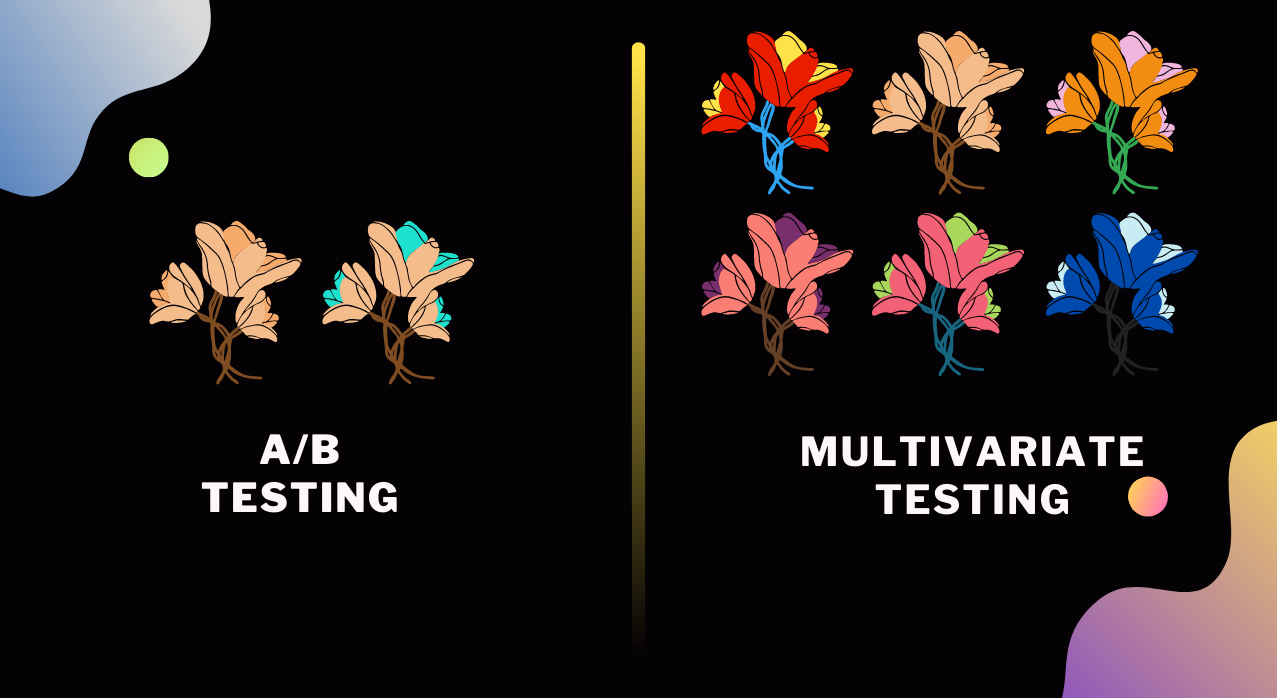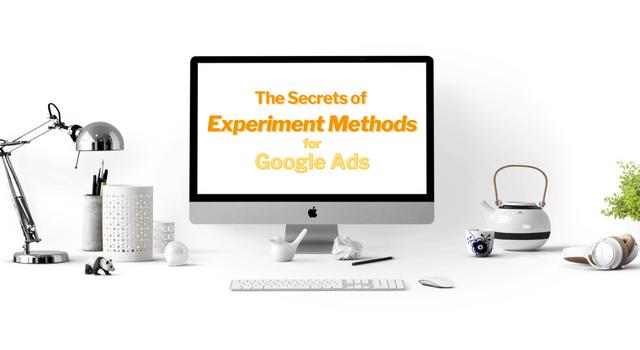How do data-driven marketers work? Why do they take actions based on the generated data?
The best PPC specialists aren't passive in storing and analyzing data. Instead, it is quite the opposite: they continuously generate data and make the next move with knowledge collected through extensive data analysis.
They know that, by running experiments, they will obtain value.
The secret to building value from data is testing.
If you're looking to enhance your pay per click efforts, you should be implementing well-thought, consistent, and regular ad testing.
But what type of testing should you conduct? Do you go with A/B testing or multivariate testing? And what is the difference, exactly?

A/B testing vs. Multivariate testing
A/B testing compares two ads that are different in some aspects and determine which one exceeds the other one. A/B testing usually means that you conduct an experiment with two types of ad variations and set it up to test a single variable.
Multivariate testing is a form of experimentation where you determine which combinations of variations perform the best out of all possible combinations. You do multivariate testing when you test multiply variations of search ads at the same time.
It is clear that multivariate testing, although seemingly a quicker way to reach that high-performing ad copy, becomes unavoidably complex. You would need a more considerable amount of visitor traffic to run it successfully and not the most explanation-friendly way to why a specific combination of words and its arrangement brought the most satisfying KPIs.
Upon finishing the multivariate test, you may not extract a value from it to utilize in the future.
Choosing the right instruments to collect valuable data.
It seems like a distant past, but it wasn't that long ago when tools that helped you conduct A/B testing were a bit pricey (and a few of them still are). The downside was that plenty of them focused only on landing page testing, completely disregarding the art of testing your ad copy.
In fact, there aren't many platforms developed to help you with your ad copy testing efforts. However, thanks to the release of AdOptics, every Google Ads specialist can now have access to a beneficial tool for A/B ad testing.
Why should you use AdOptics (or any other A/B testing tool for Google Ads)?
Firstly, you want to incorporate testing as an ingrained part of company culture. A/B ad testing is THE way to get to rate a decision without relying on anyone's instinct.
By setting an experimentation culture in your team and set a clear stream of doing the work in your client relationship, you can disregard the client's or your colleague's "Let's put this and this and remove that and those" moments. They don't matter. Well, not that they don't matter, their ideas are essential, but you will not just implement them based on someone's hunch that it will work.
Instead, you will test it.
Secondly, more ideas will go to testing instead of abruptly finishing their brief existence in meeting rooms and tools dashboards.
Setting this foundation can contribute to you and your co-workers (if you work in an agency) to feel appreciated for your brains and encouraged to produce even more ideas.
Thirdly, you have AI at your disposal that will take your inputs and run tests and calculations, all in order to maximize the benefits for you.
How A/B experiment testing can help improve your game.
It is a smart, steady way to improve your KPI.
By adopting a habit of testing variations of Google search ads and further experimenting with winning ads, you will see a click-through rate and conversion rate growth. The performance of the testing ad will improve incrementally. Eventually, your overall account will grow through better and more relevant ads.
It is easy to analyze.
With A/B testing, it's either-or; no philosophy required. By getting equal traffic to both variations, you will effortlessly define the winner and the loser status without second thoughts.
You can figure out where you're losing searchers.
Why do you have so many impressions but so less-than-many clicks? Lost traffic is excruciating for PPC specialists, and not knowing why keeps the mystery going.
Using experiments, you can unearth what part of your ad copy and what word or group of words is drifting potential customers away.
That way, you can determine why you're losing potential conversions and the opportunity to do something about it.
It helps you craft an ad that relates to the user.
Tightly related to discovering opportunities to minimize the unfavorable impression-clicks ratio, A/B ad testing helps us gain insights into consumer responses to the combination of wording we choose to use.
Now that you know how powerful ad experimenting is, you can utilize that knowledge and apply the power of A/B testing!
Run some experiments on your existing bad performing ad copy to figure out what you can do to nudge your potential customers to engage and convert them to customers.

